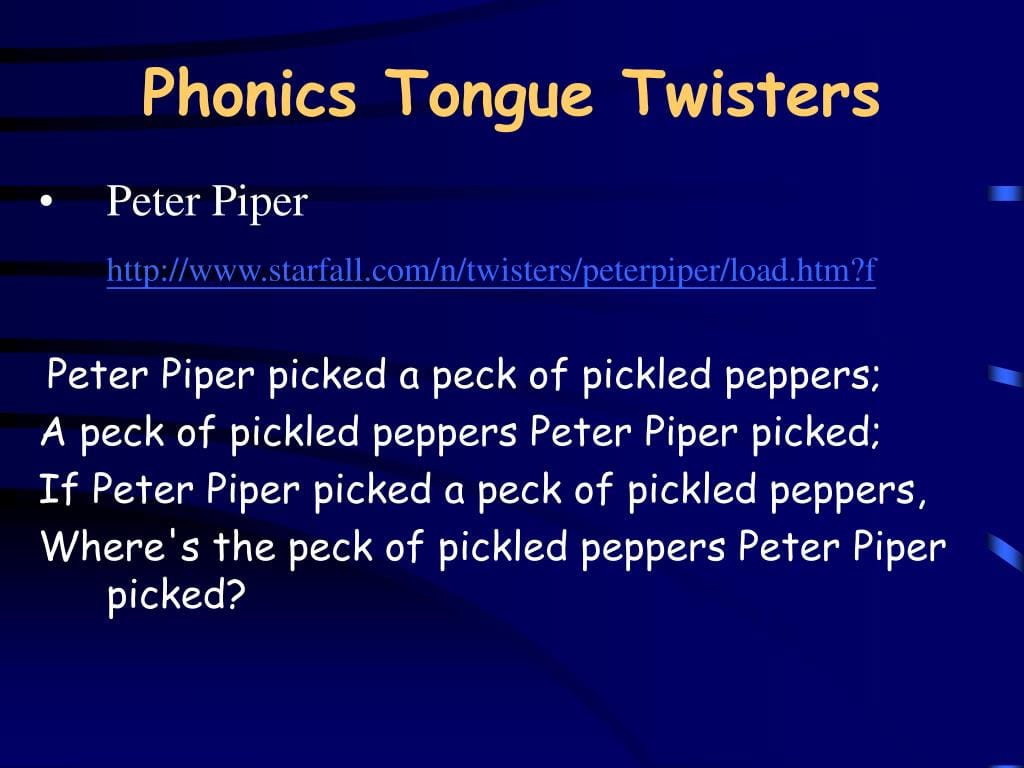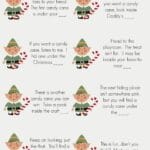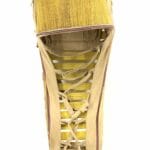Attention all tongue twister enthusiasts! Get ready to dive into the whimsical world of “Fuzzy Wuzzy,” a tongue twister that’s as educational as it is entertaining. We’ll uncover its surprising history and cultural connections, plus equip you with expert tips and tricks to conquer this verbal challenge. So, grab a mirror, gather your friends, and prepare for a tongue-twisting adventure! Embark on a magical adventure with our elf on the shelf scavenger hunt, where you’ll search high and low for your elusive little friend who’s hiding in plain sight.
Taming the Fuzzy Wuzzy Phrase
Ever stumbled over “Fuzzy Wuzzy was a bear?” You’re not alone! Fuzzy tongue twisters, like this classic, turn our mouths into linguistic obstacle courses. They’re fun, yes, but they also serve as excellent pronunciation exercises.
“Fuzzy Wuzzy,” while conjuring images of a cuddly bear today, has surprisingly different origins. The term “Fuzzy Wuzzy” comes from an 1892 Rudyard Kipling poem describing Hadendoa warriors in Sudan, known for their, well, fuzzy hair. This connection to the Mahdist War (1881-1899) is debated, but it offers a glimpse into how language evolves.
Tongue twisters aren’t just child’s play. They offer significant benefits for speaking skills, acting as a personal trainer for your mouth. Alliteration, the repetition of consonant sounds (like the “f” and “z” in “Fuzzy Wuzzy”), forces you to focus on sound formation, polishing pronunciation.
Mastering Fuzzy Wuzzy: A Practical Guide
Conquering “Fuzzy Wuzzy” requires practice, patience, and strategy. Don’t tackle the whole thing at once. Break it down, starting slowly and exaggerating each syllable. Gradually increase your speed as you become more comfortable.
| Technique | Description |
|---|---|
| Deconstruct It | Divide the tongue twister into smaller parts: “Fuzzy,” “Wuzzy,” “was,” “a,” “bear.” |
| Pace Yourself | Practice slowly, gradually increasing your speed. |
| Sound It Out | Overemphasize consonant sounds, focusing on mouth movements. |
| Visualize | Imagine the words, paying attention to tongue and lip movements. |
| Record & Replay | Record yourself and listen back to identify areas for improvement. |
Visualizing the words or recording yourself can be surprisingly helpful. There’s no single “right” way – find what works best for you.
“Fuzzy Wuzzy,” though seemingly simple, is a powerful pronunciation tool. It challenges our speech, helps us master sounds, and is undeniably fun. So, embrace “Fuzzy Wuzzy” and other tongue twisters to boost your speaking skills and impress your friends with your linguistic agility. While we know much about speech mechanics, ongoing research explores the complexities of language acquisition and pronunciation nuances.
Decoding the Fuzzy Wuzzy Riddle
The “Fuzzy Wuzzy” tongue twister: “Fuzzy Wuzzy was a bear. Fuzzy Wuzzy had no hair. Fuzzy Wuzzy wasn’t fuzzy, was he?” is a classic childhood rhyme and a source of both amusement and frustration.
Its catchiness lies in the repetition of similar sounds. The “z” and “w” sounds, followed by the quick shift to “was he,” create a workout for your tongue and lips. This verbal gymnastics strengthens pronunciation and enunciation, making it playful speech training.
Intriguingly, the twister’s origin is a mystery, passed down through generations. This uncertain history adds to its charm, highlighting how simple phrases can become culturally ingrained.
Tongue twisters like this aren’t just for kids. Actors use them for warm-ups, public speakers for articulation, and anyone can enjoy the satisfaction of mastering them. Variations like “Fuzzy Wuzzy was a worm” or “Fuzzy Wuzzy was a bird” offer further challenges. Online searches for “fuzzy wuzzy bear tongue twister” or “fuzzy wuzzy wasn’t very fuzzy” help people find this specific challenge.
While its precise origins are unknown, some speculate that “Fuzzy Wuzzy” emerged in the late 19th or early 20th century alongside other popular tongue twisters, a period of growing interest in wordplay. Further research is needed to unveil its secrets.
| Aspect | Description |
|---|---|
| Tongue Twister | Fuzzy Wuzzy was a bear. Fuzzy Wuzzy had no hair. Fuzzy Wuzzy wasn’t fuzzy, was he? |
| Purpose | Improve pronunciation, enunciation, and speech clarity |
| Target Audience | Children, actors, public speakers, language enthusiasts |
| Origins | Uncertain, likely late 19th/early 20th century |
| Variations | Fuzzy Wuzzy was a worm, Fuzzy Wuzzy was a bird |
Struggling with “Fuzzy Wuzzy wasn’t fuzzy, was he?” means you’re participating in a playful tradition of wordplay, exercising your vocal cords, improving speech, and perhaps uncovering linguistic history.
Unraveling the Hardest Tongue Twister
Tongue twisters are those fun phrases that trip us up. But which one is the hardest? It’s debatable, like the twisters themselves. “Fuzzy Wuzzy was a bear,” deceptively simple, becomes a tongue-tangling champion when repeated quickly. The similar sounds make it a pronunciation workout.
Fuzzy Wuzzy’s origins are shrouded in mystery. Some suggest a connection to 19th-century Sudan, perhaps related to Sudanese soldiers nicknamed “Fuzzies.” A link to a Rudyard Kipling poem is another possibility. The truth remains elusive.
Beyond the giggles, tongue twisters like Fuzzy Wuzzy are valuable speech improvement tools. They enhance clarity and boost speaking confidence. They’re helpful for children, actors, and anyone wanting to improve pronunciation.
Conquering Fuzzy Wuzzy:
- Slow and Steady: Start slowly, ensuring clear pronunciation.
- Break It Down: Divide the phrase into smaller chunks.
- Mouth Movements: Exaggerate mouth movements to train the muscles.
- Practice: Regular practice leads to improvement.
While Fuzzy Wuzzy is challenging, others compete for the title of “hardest.” “The sixth sick sheik’s sixth sheep’s sick” holds a Guinness World Record for its sibilant sounds. “The seething sea ceaseth and thus the seething sea sufficeth us” is considered by some linguists as the ultimate tongue twister due to its complex structure and similar sounds.
The “hardest” tongue twister is subjective. Ongoing research into speech and language may change our understanding of their difficulty. Whether it’s Fuzzy Wuzzy or another, tongue twisters offer a fun way to explore language, reminding us how simple words can become tricky when combined.
The Fuzzy Wuzzy Tongue Twister: A Guide
The Fuzzy Wuzzy tongue twister: “Fuzzy Wuzzy was a bear. Fuzzy Wuzzy had no hair. Fuzzy Wuzzy wasn’t fuzzy, was he?” is a classic that can tie your tongue in knots.
Beyond the rhyme, it’s a great way to improve pronunciation. Think of it as a warm-up for your mouth muscles.
Its origin is tricky to pinpoint, possibly dating back to the late 19th century, potentially linked to Hadendoa warriors nicknamed “Fuzzies” by British troops due to their hairstyles. This is a likely story, not a confirmed fact.
Tongue twisters like Fuzzy Wuzzy likely improve speech clarity and fluency, benefiting actors, public speakers, and anyone wanting a clear speaking voice.
Mastery comes with patience. Start slowly, break the phrase down, and gradually increase speed.
Its simplicity makes it memorable and fun. There’s ongoing debate about their benefits, with some suggesting their use in speech therapy, though more research is needed.
| Tip | Description |
|---|---|
| Start Slowly | Break down the twister and practice each part. |
| Repeat Frequently | Practice regularly. |
| Focus on Clarity | Pronounce each word clearly. |
| Gradually Increase Speed | Increase speed as you improve. |
| Have Fun! | Enjoy the process. |
While some experts believe these exercises have significant benefits, further research is needed. Trying them is a fun and accessible exercise for everyone.
- Discover Long Black Pepper: Flavor & Health Benefits - April 25, 2025
- Shocking Twists: The Grownup Review: Unreliable Narration - April 25, 2025
- A Quiet Place Book vs Movie: A Deep Dive - April 25, 2025
















